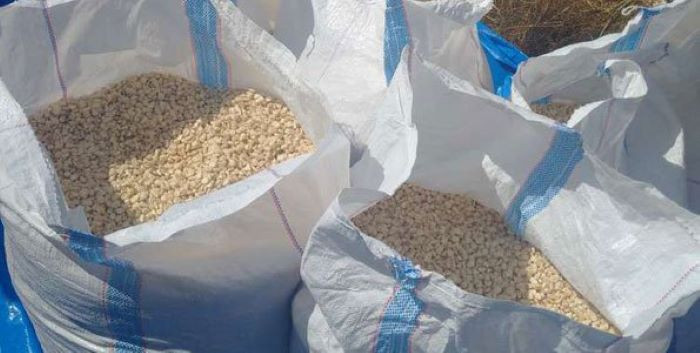
The discovery of Marange diamonds in 2006 revitalised the need for Zimbabwe to derive maximum benefits from its gems.
View Point by Wisdom Mudzungairi
Almost immediately, several diamond cutters and polishers sprung up in response to government’s call to beneficiate its rough diamonds. But, the sector’s image was blighted in 2010 when it emerged that some “manufacturers” were smuggling rough stones out of the country instead of beneficiating them.
There were also indications that government had dismally failed to introduce policies that favour the country’s economic growth by empowering locals just as it has to sectors of the economy.
To start with, the challenge that local diamond companies are facing and others that have already acquired cutting and polishing equipment is the licence fees.
The licencing fee was $20 000 a year, but it went up to $100 000 a year. There are, however, behind-the-scenes efforts by way of engagement with the Ministry of Mines to cut the figure down.
These fees are too high such that they actually contribute to the cost of production per carat. The operating costs were $100 per carat.
This makes our product uncompetitive when one compares it with $6-$8 a carat in India, a country with roughly one million people in the industry.
- Chamisa under fire over US$120K donation
- Mavhunga puts DeMbare into Chibuku quarterfinals
- Pension funds bet on Cabora Bassa oilfields
- Councils defy govt fire tender directive
Keep Reading
To be viable, many like me, believe that these fees should match what Botswana and South Africa are doing. In Botswana they charge a BWP100 a year for up to 10 years, which is BWP1000, just above $100. That is competitive. South Africa does not go beyond R5 000 (just above $500) for up to five years.
Locally, the tenure is also a problem, it is just a year. It is a challenge in the sense that one is not in a position to attract meaningful investment, whether it’s local, regional or international.
Zimbabwe has reportedly the highest volume of diamond deposits in the world making it the undisputed producer of 25% of the world’s diamonds.
Can someone explain why government has continued to frustrate the emerging of a strong diamond industry? The reasons being that there are 12 firms that have state-of-the-art machinery to fully exploit the diamonds mined in Zimbabwe. There is also both local and external expertise to add value to our rough diamonds.
Sadly, the focus by government had been on obtaining quick cash from the auctioning (whether nicodemously or not) of the diamonds, thereby starving the country of a potential source of employment for millions of local youths.
President Robert Mugabe is on record saying Zimbabwe polished only 0,1% of 8,5 million carats of diamonds produced in 2011.
But indications are that attempts to boost the local diamond beneficiation industry would not work unless there is a sufficient subsidy to compensate for the higher costs involved. This is despite the fact that diamond producers are forced to allocate 10% of their annual production to local cutters and polishers.
It appears surmounting challenges facing the fledgling sector have constrained the mining industry for worse. Consequently, government should come up with policies that bolster the diamond sector.
Until Zimbabwe boosts the capacity of indigenous diamond cutters by crafting economically viable pieces of legislation to aid locals, nothing will move.
It is not only disturbing that when legally registered local diamond polishers and cutters require diamonds for their trade, they are made to pay an astronomical $300 000 while this requirement does not apply to foreign buyers.
Sadly, foreign buyers are at an advantage over their local counterparts yet they buy to boost their countries’ economies. As a result of this requirement, only one local company has so far managed to pay for cutting and polishing diamonds in Zimbabwe.
This stringent measure is not necessary given that diamonds have in countries such as India created over one million jobs for the diamond and other sectors.
This move by Mines ministry gives a gloomy picture of the sorry state of our diamond industry.
So that alone makes the local product or exports way expensive. Visionary leaders would simply realise that with its rough diamonds, fast-growing Zimbabwe could be a dominant force in the world’s economic landscape for decades to come if she gets her act together. Zimbabwe is one part of the world that has got a very high growth rate that is accelerating given Finance Minister Tendai Biti’s forecast of six percent growth this financial year.
But to harness the boom, Zimbabwe must improve technology, education and the rule of law, including reducing corruption. If all of those things happen, this is going to be our decade.











